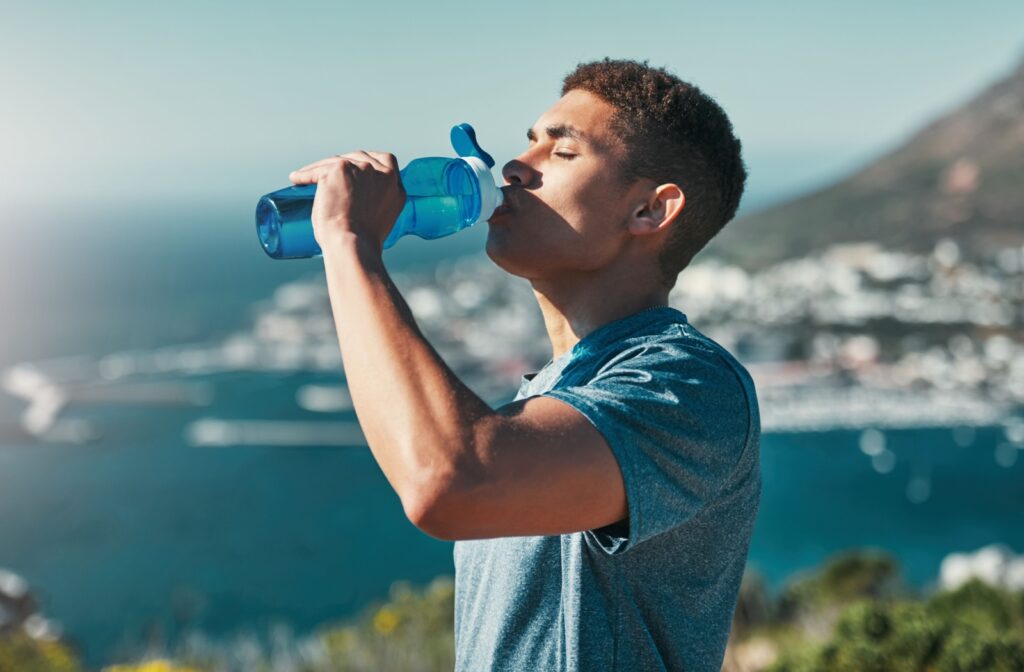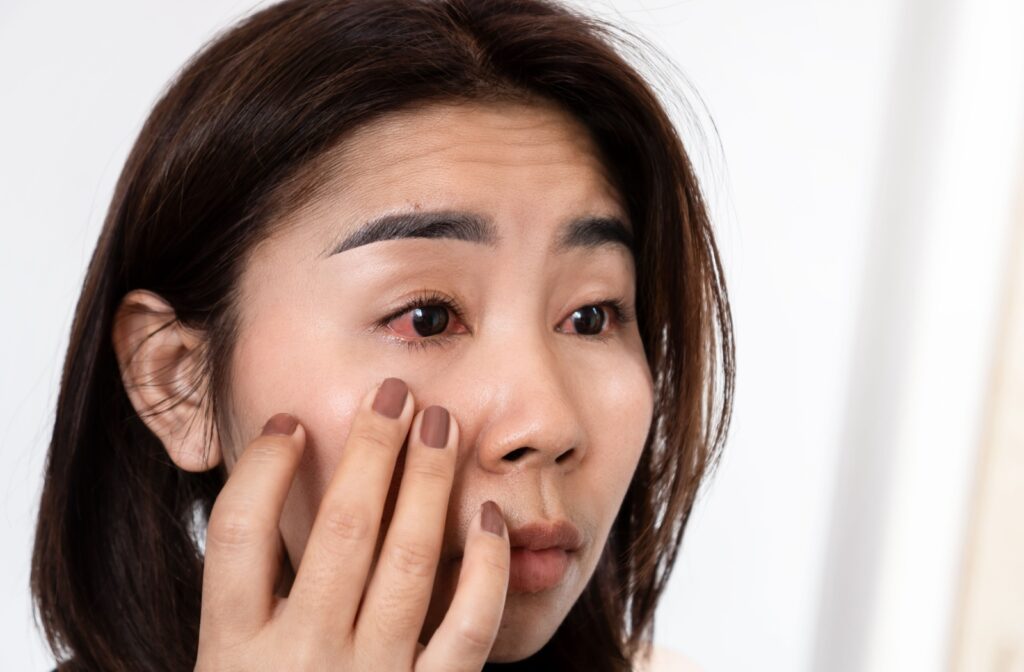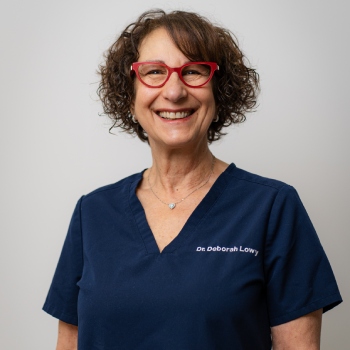Dry eye disease can affect daily comfort, making activities like reading, driving, or working at a computer more difficult. For many people, it’s a condition linked to meibomian gland dysfunction (MGD), where the glands along the eyelids don’t produce enough healthy oil to keep tears from evaporating too quickly.
Intense pulsed light (IPL) therapy has become a modern option for treating this type of dry eye.
The effects of IPL dry eye treatment typically last many months, with duration varying based on the severity of dry eye, lifestyle factors, and whether maintenance treatments are performed.
What Is IPL Dry Eye Treatment?
IPL therapy uses pulses of light directed at the skin around the eyelids. This energy helps break up blockages in the meibomian glands, reduces inflammation, and can decrease the presence of harmful bacteria or mites on the eyelids. Over time, the treatment can improve the quality of the tear film by allowing more stable oil production.
Many patients notice relief after completing a series of sessions, but the duration of that relief isn’t the same for everyone. To better understand why, it helps to look at how the treatment works in the body and what influences the outcome.
How Long Can Results Last?
The effects of IPL treatment are not permanent. Some people experience noticeable improvement for several months, while others find their results last longer before symptoms gradually return. The average span of relief often depends on the severity of meibomian gland dysfunction, how advanced the condition is when treatment begins, and whether other contributing factors are present.
In general, many patients report improvement lasting between 6 months and a year following a full initial series. For those with more significant gland blockages, the results may be shorter-lived, requiring earlier follow-up.
Factors That Influence Duration
The Severity of Dry Eye Disease
If dry eye disease has progressed for many years, the meibomian glands may already be damaged. In these cases, the improvement from IPL may not last as long because the glands aren’t able to fully recover their function.
Lifestyle & Environmental Factors
Daily habits and environments can play a role in how long results last. For example:
- Spending long hours on digital devices may increase dryness
- Living or working in dry climates may cause symptoms to return sooner
- Use of certain medications can contribute to reduced tear quality
Maintenance Treatments
Even after completing an initial series of IPL sessions, many people choose maintenance treatments. These follow-up appointments are typically spaced several months apart and can help extend results.
Why Maintenance Is Often Recommended
Dry eye disease is a chronic condition, which means it usually requires ongoing management rather than a one-time solution. IPL helps restore healthier function to the meibomian glands, but it doesn’t permanently change how they work. Over time, inflammation and blockages can return.
For this reason, maintenance treatments are a common part of long-term care. They provide a way to keep the benefits going while adjusting to the person’s changing eye health. Patients often notice that with regular maintenance, their symptoms become easier to manage overall.
What Patients Can Expect During & After Treatment
Knowing what to expect can make IPL treatment feel more approachable. The process generally involves several sessions spaced a few weeks apart. Each session is relatively short, with light applied to the skin below the eyes and sometimes on the upper cheek area.
After treatment, it’s normal to experience some mild redness or warmth in the skin that usually subsides quickly. Over the following weeks, patients may notice that their eyes feel less gritty, more comfortable, and better able to stay lubricated throughout the day.
Improvements are gradual and build with each session. Once the initial series is complete, the results can last several months, with maintenance sessions helping to sustain the benefits.
Complementary Approaches to Support Results

While IPL can play a central role in managing dry eye, other treatments and lifestyle adjustments may help extend its benefits. These might include:
- Using warm compresses to support gland function
- Following eyelid hygiene routines to reduce inflammation
- Staying hydrated throughout the day
- Taking breaks during long periods of screen time
- Using lubricating eye drops recommended by an optometrist
Combining IPL with supportive strategies can create a more comprehensive approach to symptom relief.
Is IPL Right for Everyone?
IPL therapy is most effective for patients with dry eye caused by meibomian gland dysfunction, but it may not be suitable for everyone. Skin type, certain medical conditions, or other eye health concerns may influence whether it’s recommended. That’s why it’s important to have a thorough eye exam and consultation before beginning treatment.
Finding Ongoing Relief with IPL
The length of time IPL dry eye treatment lasts varies from person to person, but many find relief for several months following an initial series of sessions. Maintenance treatments and healthy habits often help extend results and keep symptoms more manageable. For those living with chronic dry eye, IPL can be a valuable option to restore comfort and quality of life.
For people in Thornhill and Vaughan who are interested in learning more about IPL therapy, book an appointment at Lowy & Sewell Eye Care. Our team can provide personalized care and guidance to help manage dry eye with modern technology and a compassionate approach.



